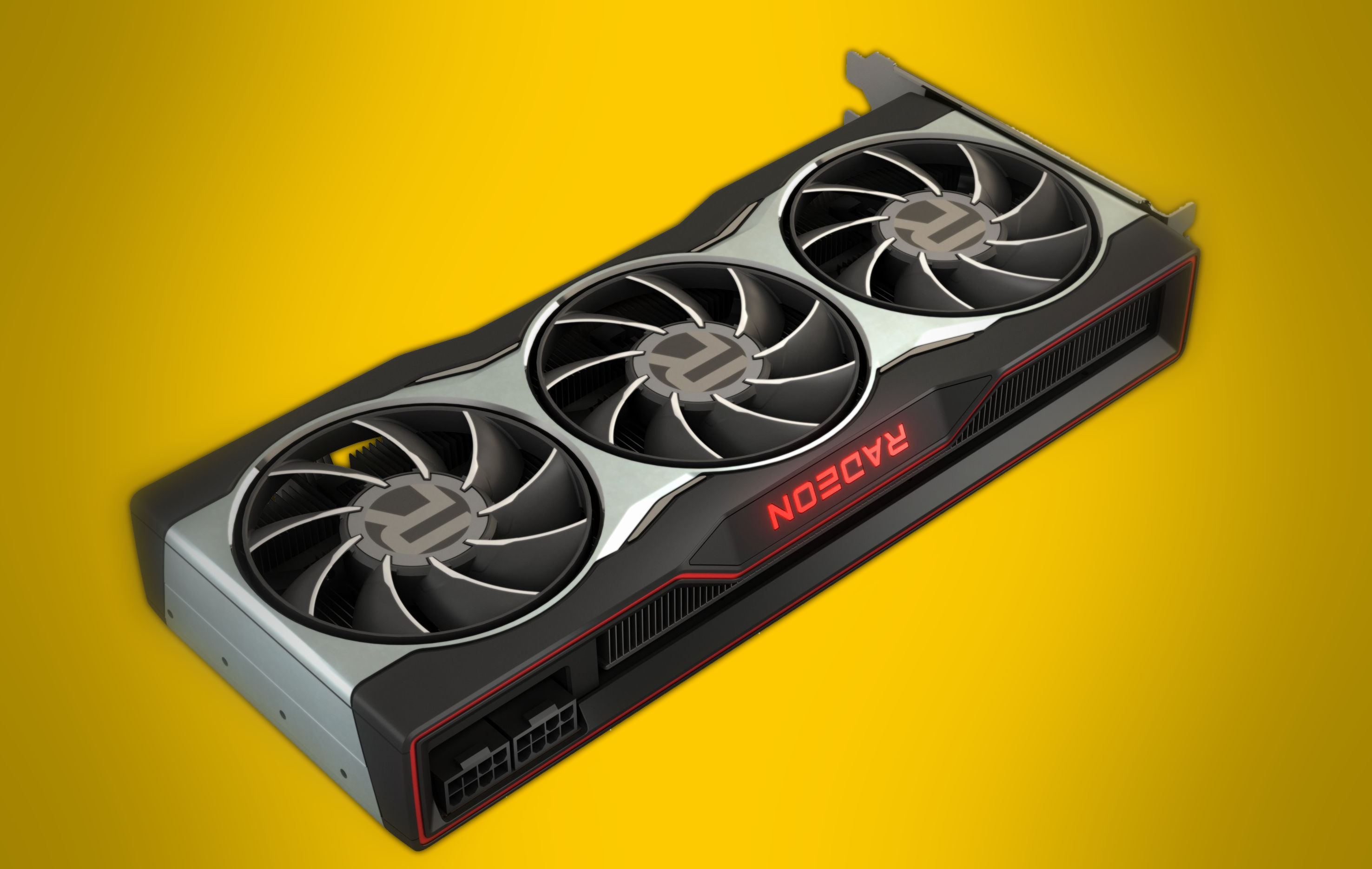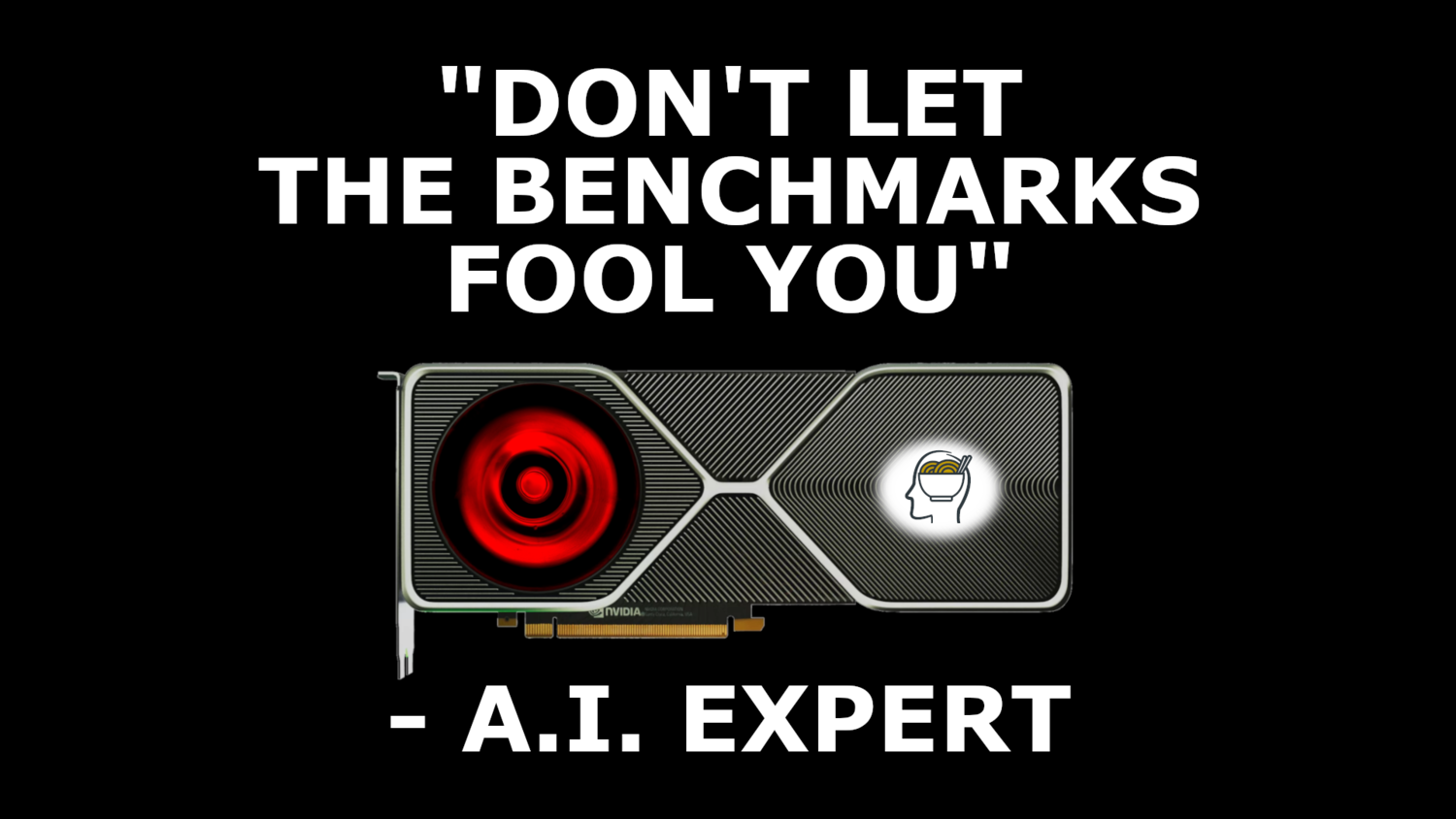How is it funny when it's the reason they have to inflate their margins that much? It's simply not profitable for AMD to produce those desktop RDNA2 chips at MSRP when they make much higher profits per wafer with Zen3 and are contractually obligated to a certain volume of console SOCs and get nice bonuses when they can go beyond.
Prices are not crazy in Europe if you know where to buy. I got an FE for MSRP in November and it's regularly possible to get ASUS at MSRP on their store as well for example. Just follow those discord/twitter/telegram bots.
It is funny because TSMC is the current world leading silicon fabrication manufaturer in the world, by a solid margin. They reach node shrinks more quickly than anyone else and the quality of each of their nodes is second to none. In addition they have matured their 7nm process very well to the point there is likely a low failure rate.
The fact that AMD have chosen TSMC 7nm for their GPUs allows then to run cooler and more power efficiently than if they were to use a competing brand. This in turn aids them in achieving high clock speeds. They also allow AMD to fit more transitors on the die area, which again improves performance.
Just sticking with GPUs for the moment, Samsung is really the only other fabrication option in town. And they have an objectively worse fabrication process/node which is less power efficient, generates more heat and by most reports seems to have higher failure rates than TSMC. Nvidia tried to strong arm TSMC for cheaper prices and more fabrication time which was already promised to other customers (including AMD). TSMC told them to take a hike and Nvidia then went to Samsung who were offering a much cheaper node.
However this small saving in node cost seems to have resulted in the need for extravagant expensive cooling solutions to keep the temperatures under control so the cost ended up likely being more in the end. This inferior Samsung node contributes somewhat to the 3000 series higher power draw, heat and lower efficiency across the board. This in turn leads to lower performance than they could potentially have on a hypothetical TSMC node.
Right now Samsung are having yield issues for the 3000 series, contributing to the supply issues Nvidia is facing. This of course is ignoring the COVID impact across all fabrication right now.
It is very clear from the end result that Nvidia is the one who made a mistake by choosing Samsung for their wafer fabrication. To see an Nvidia fan try to spin this obvious and fairly undisputed fact to try to draw the opposite conclusion is why I found your comment so funny, given its detachment from reality.
Moving back to TSMC/AMD for a moment, even if some hypothetical 3rd silicon fabrication company was available with the exact same cost and performance as TSMC and AMD moved their entire stack to this non existent company that was able to produce more wafers. Even then AMD would still be sending most of their wafers to their console obligations, what was left would go to their datacenter CPU/GPUs, their DIY desktop Ryzen processors and a good chunk towards the laptop market which is really opening up for AMD right now.
In this hypothetical scenario, would AMD be able to produce more GPUs than they have now? Certainly, but there would probably still be supply issues as the bulk would still go elsewhere as it makes more business sense. Although I do agree that having a ton more GPU now would definitely help them grow market share against Nvidia during this critical time in the GPU market so in this sense you do have a point, but Nvidia is not faring much better with Samsung/supply right now.
However coming back to reality for a moment, the only other game in town is Samsung in which case AMD would need to sacrifice some performance, efficiency, power draw, clock speeds and have a higher power draw all the while still being supply limited by bad yields at Samsung as we are seeing with Nvidia right now. To blame TSMC rather than market/logistic realities is pretty foolish and shortsighted, especially given all of the advantages they bring.
However more TSMC capacity is opening up now with Apple moving over to 5nm so hopefully supply for AMD across the board in all of their markets will improve.



